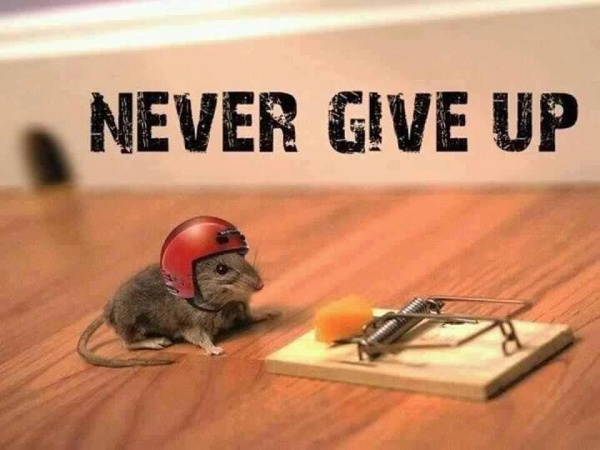Dear all,
Answers for the Science worksheet that I posted up the previous time.
1. Bulbs A and B only. A and B have both lightbulbs connected through the metal tip and metal casing where else in C, both wires are connected through the metal casing only. The metal casing is a conductor of electricity and allows the current to flow through but it will not light up because it is only connected properly.
* Note that electricity flows from the negative end of the battery to the positive end.
2a. For burning to take place, oxygen is needed. After a while, the candle would have used up the oxygen in the tank. The cover prevents oxygen from coming in and as such, there is no oxygen left for the flame to continue burning.
2b. Yes, it will burn for a longer time. During the day, plants photosynthesize, taking in carbon dioxide produced from burning of the candle and giving out oxygen. As such, there is enough cycle of the oxygen gas for the candle to continue burning.
3a. The water plants will wither and die.
3b. The layer of oil blocks off air from entering and blocks off sunlight from entering to reach the plant. As such, plants cannot photosynthesize and respire. It will die and wither.
3c. Plants need carbon dioxide, chlorophyll, water and sunlight.
Today's important concepts:
-Magnet always rests in a north-south direction when stationary.
-Darker coloured objects absorb more heat than lighter coloured objects.
-Shiny materials reflects away more heat than darker coloured objects.
-Warm water vapour rises and condenses into water droplets when it touches a cooler surface.
-Nose hairs filters dust particles to keep the air in our nose warm, moistened and cleaned.
-Boiling takes place at a higher temperature than melting/freezing. Lines on the graph will be constant (at a constant temperature) to indicate these processes.
-States of water refers to the gaseous, liquid or solid state!
-Limewater turns chalky/milky/cloudy under the presence of carbon dioxide.
[English]
We covered some important points today:
Synthesis and Transformation:
When changing from direct to indirect speech, here are the steps to note:
1. Look at the verb outside the speech first. If it is present tense, then we need not change the tenses/verbs in the direct speech. You only need to change the rest of the words such as the time. If it is in the past tense, we will then need to change the tenses/verbs.
From present tense to past tense.
From past tense to past perfect tense.
2. Is the statement in the direct speech an universal fact? If it is, retain the sentence as per its original form. Do not change anything at all!
3. If it is a question for the direct speech, when changing to the indirect speech, you have to make sure that the subject comes first followed by the verb.
e.g "What did you do today?" asked Mum.
Subject --> 'you'
Verb --> 'did do'
Ans: Mum asked what I had done that day.
Next, for the structure of Despite and In spite of:
You are advised to use the words 'the fact that' to answer the question. It is much simpler and you need not change or add any of the words in the original sentences.
e.g
Although he is strong, he cries at the sight of a cockroach.
Despite the fact that he is strong, he cries at the sight of a cockroach.
He cries at the sight of a cockroach in spite of the fact that he is strong.
Happy Revision,
Finish up your Section A revision paper by tomorrow!
Sincerely,
Mr Nelson Ong


No comments:
Post a Comment